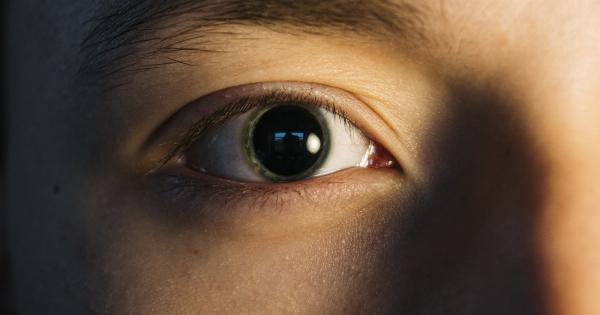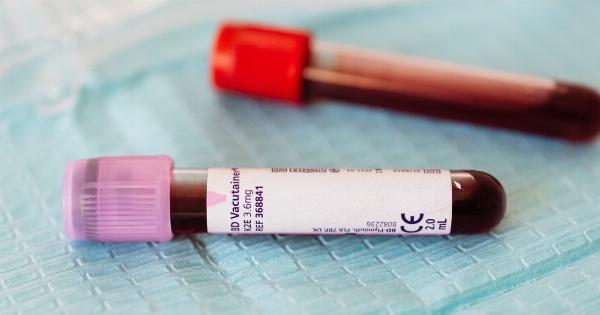Infarction is a serious medical condition that occurs when there is a lack of blood supply to a particular organ or tissue, resulting in tissue death.
It is commonly associated with heart attacks, but it can also occur in other organs such as the brain, lungs, kidneys, and intestines. Understanding the causes, symptoms, and treatments for infarction is crucial for timely intervention and optimal patient outcomes.
Causes of Infarction
Infarction is primarily caused by a blockage or obstruction of blood flow to a specific area. This blockage can occur due to various reasons, including:.
- Thrombosis: Formation of a blood clot within a blood vessel that restricts blood flow.
- Embolism: Movement of a blood clot or other foreign material from one part of the body to another, leading to vascular blockage.
- Vasospasm: Sudden constriction or narrowing of a blood vessel, resulting in reduced blood flow.
- Atherosclerosis: Build-up of plaque within the blood vessels, causing narrowing and eventual blockage.
- Compression: External pressure on blood vessels, compromising blood flow.
Symptoms of Infarction
The signs and symptoms of infarction can vary depending on the organ or tissue affected. However, there are some common symptoms that may indicate a potential infarction:.
- Chest pain or discomfort: This is a typical symptom of heart infarction (heart attack) and may radiate to the jaw, neck, back, or arm.
- Shortness of breath: Difficulty in breathing or gasping for air can occur in lung infarction.
- Weakness or numbness: Sudden weakness or numbness in the face, arm, or leg can be a sign of infarction in the brain (stroke).
- Abdominal pain: Severe abdominal pain may be an indication of intestinal infarction.
- Decreased urine output: Infarction in the kidneys can lead to reduced urine production.
Diagnosis of Infarction
Proper diagnosis of infarction is essential for determining the appropriate treatment plan. The following diagnostic tests and procedures are commonly used:.
- Electrocardiogram (ECG): This test measures the electrical activity of the heart and can help identify patterns indicative of a heart infarction.
- Imaging procedures: X-rays, computed tomography (CT) scans, magnetic resonance imaging (MRI), and ultrasound are frequently used to visualize affected organs and assess the extent of tissue damage.
- Blood tests: Elevated levels of certain enzymes and proteins in the blood can indicate tissue damage and the presence of infarction.
- Angiography: A dye is injected into the blood vessels, allowing for visualization of any blockages or abnormalities in blood flow.
Treatment of Infarction
The treatment approach for infarction depends on the affected organ and the severity of the condition. Prompt intervention is crucial to minimize tissue damage and improve patient outcomes. Some common treatment options include:.
- Medications: Blood thinners, antiplatelet drugs, and thrombolytics may be administered to dissolve clots and restore blood flow.
- Angioplasty: A minimally invasive procedure in which a balloon-tipped catheter is used to open blocked or narrowed blood vessels.
- Stent placement: In conjunction with angioplasty, a stent (a small mesh tube) may be inserted to keep the blood vessel open and ensure adequate blood flow.
- Thrombectomy: Surgical removal of blood clots from the affected blood vessels.
- Revascularization surgery: In cases of severe blockages, bypass surgery may be necessary to restore blood flow.
Prevention and Prognosis
While infarction can have serious consequences, some preventive measures can reduce the risk of occurrence:.
- Maintaining a healthy lifestyle: Regular exercise, a balanced diet, and avoiding smoking and excessive alcohol consumption can help prevent cardiovascular infarctions.
- Managing chronic conditions: Monitoring and controlling conditions such as diabetes, high blood pressure, and high cholesterol can reduce the risk of atherosclerosis and subsequent infarctions.
- Seeking medical attention: Recognizing and addressing early signs and symptoms of potential infarctions can lead to timely intervention and better outcomes.
In terms of prognosis, the outcome of infarction varies depending on several factors, including the affected organ, the extent of tissue damage, and the promptness of intervention.
Seeking immediate medical attention is vital for maximizing the chances of a positive outcome.






























